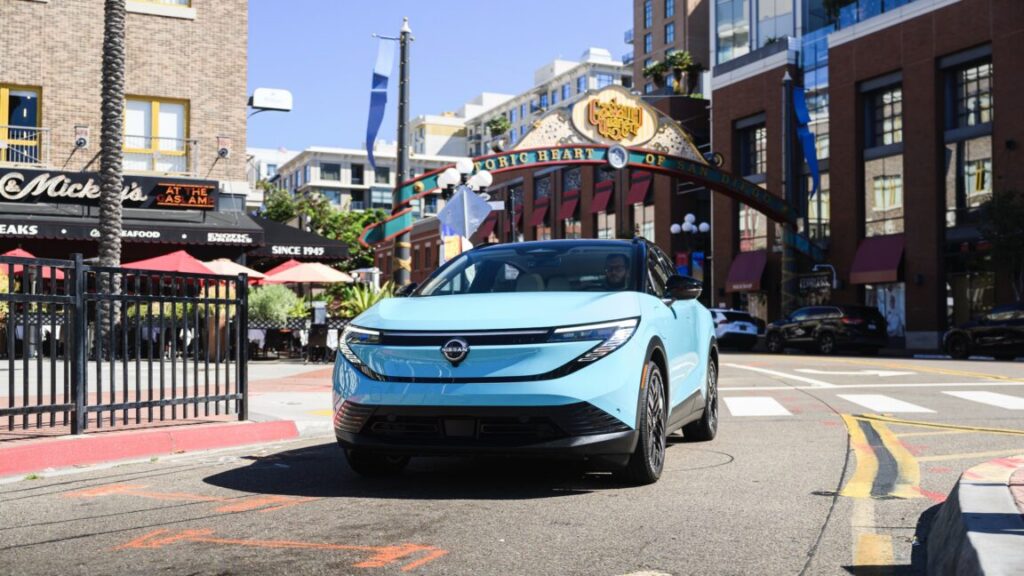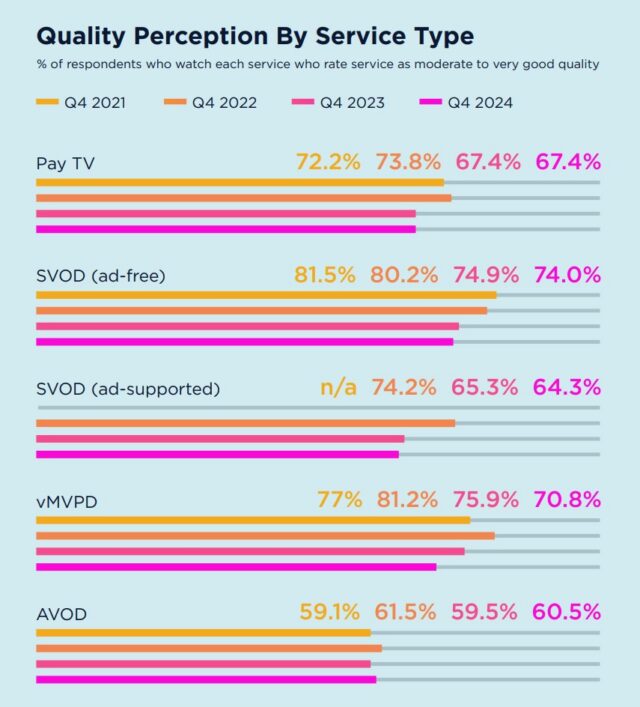Feds try to dodge lawsuit against their bogus climate report
Meanwhile, Congress is trying to keep serious scientists from weighing in.
While the Trump administration has continued to refer to efforts to avoid the worst impacts of climate change as a scam, it has done almost nothing to counter the copious scientific evidence that demonstrates that climate change is real and doing real damage to the citizens of the US. The lone exception has been a draft Department of Energy report prepared by a handful of carefully chosen fringe figures that questioned the mainstream understanding of climate change. The shoddy work and questionable conclusions of that report were so extensive that an analysis of it required over 450 pages to detail all of its shortcomings.
But its shortcomings may not have been limited to the science, as a lawsuit alleges that its preparation violated a law that regulates the activities of federal advisory panels. Now, in an attempt to avoid dealing with that lawsuit, the Department of Energy is claiming that it dissolved the committee that prepared the report, making the lawsuit moot.
Meanwhile, Congress is also attempting to muddy the waters. In response to the DOE report, the National Academies of Science announced that it would prepare a report describing the current state of climate science. Republicans on the House Committee on Oversight have responded by announcing an investigation of the National Academies “for undermining the EPA.”
The vanishing committee
As we noted in our original coverage, the members of the advisory group that prepared the DOE report were carefully chosen for having views that are well outside the mainstream of climate science. Based on their past public statements, they could be counted on to produce a report that would question the severity of climate change and raise doubts about whether we had any evidence it was happening. The report they produced went beyond that by suggesting that the net effect of our carbon emissions was likely to be a positive for humanity.
Not only was that shoddy science, but a lawsuit filed by the Environmental Defense Fund and the Union of Concerned Scientists suggested that it was likely illegal. Groups like the one that wrote the report, the suit alleges, fall under the Federal Advisory Committee Act, which (among other things) dictates that these groups must be “fairly balanced in terms of the points of view represented,” rather than be selected in order to reinforce a single point of view.
The “among other things” that the law dictates is that the advisory groups have public meetings that are announced in advance, be chartered with a well-defined mission, and all of their records be made available to the public. In contrast, nobody within the Department of Energy, including the contrarians who wrote the report, acknowledged the work they were doing publicly until the day the draft report was released.
The suit alleges that the work of this group fell under the Federal Advisory Committee Act, and the group violated the act in all of the above ways and more. The act asks the courts to force the DOE to disclose all the relevant records involved with the preparation of the report, and to cease relying on it for any regulatory actions. That’s significant because the Environmental Protection Agency cited it in its attempts to roll back its prior finding that greenhouse gases posed a danger to the US public.
This week, the DOE responded in court by claiming the panel that produced the report had been dissolved, making the suit moot. That does not address the fact that the EPA is continuing to rely on the report in its attempts to argue there’s no point in regulating greenhouse gases. It also leaves the report itself in a weird limbo. Its release marked the start of a period of public comment, and said comments were supposed to be considered during the revisions that would take place before the draft was finalized.
Failure to complete the revision process would leave the EPA vulnerable to claims that it’s relying on an incomplete draft report for its scientific justifications. So, while the DOE’s tactics may protect some of its internal documents, it may ultimately cause larger problems for the Trump administration’s agenda.
Attacking the academies
Earlier this year, we were critical of the US’s National Academies of Science for seemingly refusing to respond to the Trump administration’s attacks on science. That reticence appeared to end in August with the release of the DOE climate report and the announcement that the EPA was using that report as the latest word on climate science, which it argued had changed considerably since the initial EPA decisions on this issue in 2009.
In response, the National Academies announced that it would fast-track a new analysis of the risks posed by greenhouse gases, this one done by mainstream scientists instead of a handful of fringe figures. The goal was to get it done before the EPA closed its public comment period on its proposal to ignore greenhouse gases.
Obviously, this poses a threat to the EPA’s planned actions, which apparently prompted Republicans in Congress to step in. Earlier this month, the chair of the House Committee on Oversight and Government Reform, Rep. James Comer (R-Ky.), announced he was investigating the National Academies for preparing this report, calling it “a blatant partisan act to undermine the Trump Administration.”
Comer has also sent a letter to the National Academies, outlining his concerns and demanding a variety of documents. Some of these are pretty convoluted: “The study is led by a National Academies member who serves as an external advisor to the Science Philanthropy Alliance, which has ties to the left-wing group Arabella Advisors through the New Venture Fund, an organization that promotes a variety of progressive causes and funds major climate litigation,” Comer says, suggesting … it’s not entirely clear what. Another member of the study panel had the audacity to endorse former President Biden for his climate policies. Separately, Comer says he’s concerned about the source of the funds that will pay for this study.
Some of Comer’s demands are consistent with this, focusing on funding for this review. But he goes well beyond that, demanding a list of all the National Academies’ sources of funding, as well as any internal communications about this study. He’s also going on a bit of a witch hunt within the federal government, demanding any communications the NAS has had with government employees regarding the DOE’s report or the EPA’s greenhouse gas decisions.
It’s pretty clear that Comer recognizes that any unbiased presentation of climate science is going to undercut the EPA’s rationale for reversing course on greenhouse gas regulations. So, he’s preparing in advance to undercut that presentation by claiming it’s rife with conflicts of interest—and he’s willing to include “supporting politicians who want to act on climate change” as a conflict.
All of this maneuvering is taking place before the EPA has even finalized its planned U-turn on greenhouse gases, a step that will undoubtedly trigger additional investigations and lawsuits. In many ways, this is likely to reflect many of these parties laying the groundwork for the legal fight to come. And, while some of this is ostensibly about the state of the science that has supported the EPA’s past policy decisions, it’s clear that the administration and its supporters are doing their best to minimize science’s impact on their preferred course of action.
John is Ars Technica’s science editor. He has a Bachelor of Arts in Biochemistry from Columbia University, and a Ph.D. in Molecular and Cell Biology from the University of California, Berkeley. When physically separated from his keyboard, he tends to seek out a bicycle, or a scenic location for communing with his hiking boots.
Feds try to dodge lawsuit against their bogus climate report Read More »


















